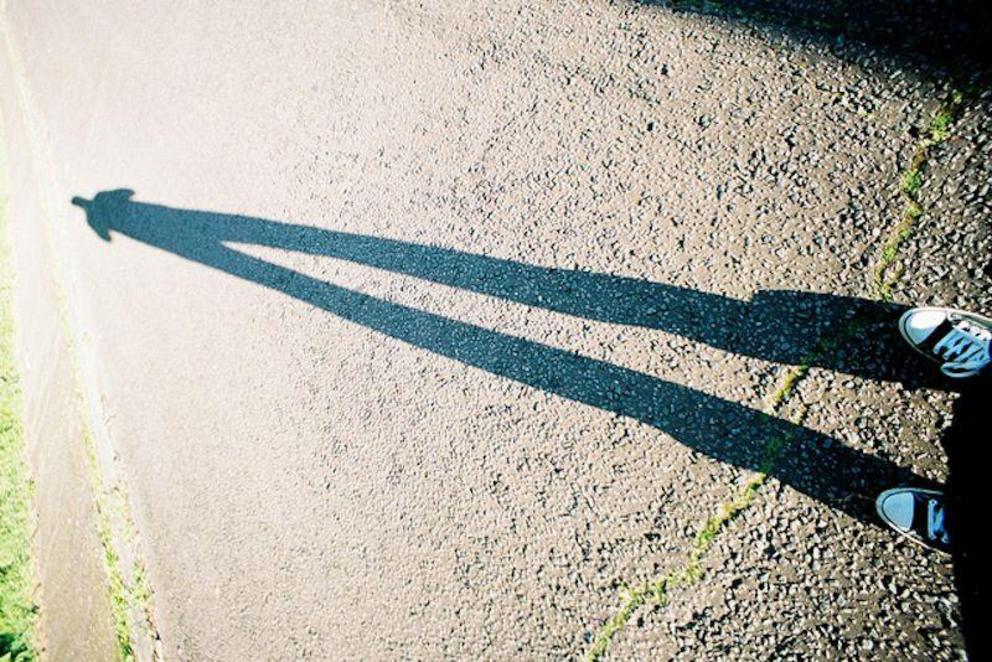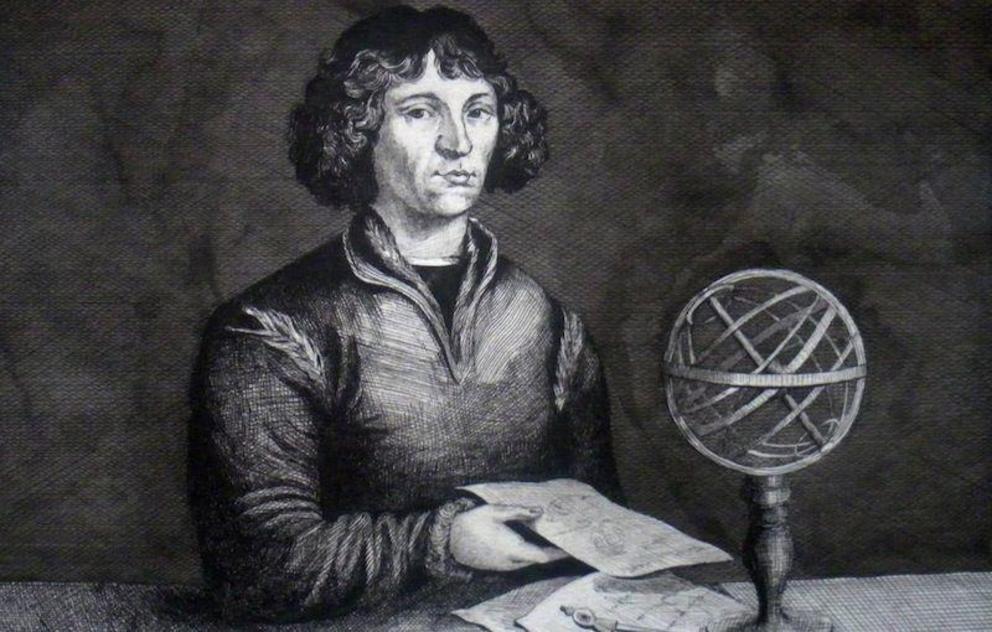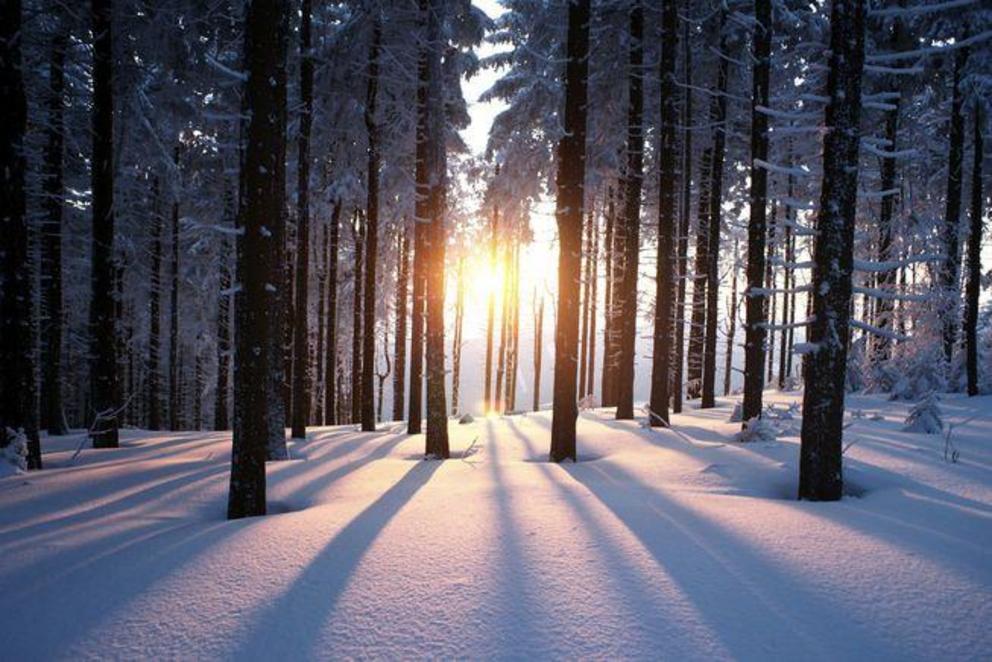Eight things to know about the winter solstice
From when it happens to why, here's your crash course on the shortest day of the year.
"A day without sunshine is like, you know, night," quipped Steve Martin — and indeed, even a day with less sunshine can feel a bit dark. Our world depends on the light radiating from that big star we traipse around, and when it's in short supply, we feel it. But if you count yourself among those who don't love waking up before the sun rises and getting off work after it has set, things are about to lighten up. Hello, winter solstice!
Although winter is really just beginning, we can at least say goodbye to these short little days we've been suffering (and don't let the door hit you on the way out). With that in mind, here's a collection of curious facts to celebrate the long-awaited return to longer days.
1. There are actually 2 winter solstices every year
It's sometimes easy to be hemisphere-o-centric, but the other side of the planet gets a winter solstice, too. With the planet's orbit tilted on its axis, Earth's hemispheres swap who gets direct sun over the course of a year. Even though the Northern Hemisphere is closer to the sun during the winter, it's the tilt away from the sun that causes cold temperatures and less light — which is when the Southern Hemisphere is toasty. So while our winter solstice is around Dec. 21, the Southern Hemisphere celebrates the same around June 21.
Here's how that looks from space (kind of):
2. The winter solstice happens in the blink of an eye
Although the solstice is marked by a whole day on the calendar, it's actually just the brief moment when the sun is exactly over the Tropic of Capricorn that the event occurs.
3. Which is why it happens on different days in the same year
What? Yes! But not always. For example, in 2015, the solstice happened on Dec. 22, at 04:49 on the Coordinated Universal Time (UTC) time clock, the time standard that the world regulates its hours by. Which means any location at least five hours behind UTC broke out the party hats on Dec. 21.
But in 2017, pretty much the whole world celebrated on Dec. 21. The solstice happened at 4:28 p.m. on the UTC time clock, or 11:48 a.m. Eastern Standard Time (EST).
This year will be similar, with the winter solstice arriving on Dec. 21 at 10:23 p.m. UTC, or 5:23 p.m. EST.
4. It's the first day of winter … or it's not, depending on whom you ask
Meteorologists consider the first day of winter to be Dec. 1, but ask an astronomer — or just about anyone else — and they'll likely answer that the winter solstice marks the start of the season. There are two ways to look at it: meteorological seasons and astronomical seasons. Meteorological seasons are based on the annual temperature cycle, explains NOAA, while astronomical seasons are based on the position of the Earth in relation to the sun.
5. It's a time of gloriously long shadows
 Shadows are at their playful best on the solstice.
Shadows are at their playful best on the solstice.
If you're inclined to take pleasure in the little things, like shadows that seem cast from a funhouse mirror, then the winter solstice is the time for you. It's now that the sun is at its lowest arc across the sky and thus, shadows from its light are at their longest. (Imagine a flashlight directly above your head and one hitting you from the side, and picture the respective shadows.) And in fact, your noontime shadow on the solstice is the longest it will be all year. Relish those long legs while you can.
6. Full solstice moons are rarer than blue ones
Since 1793, the full moon has only occurred on the winter solstice 10 times, according to the Farmer's Almanac. The last one was in 2010, which was also a lunar eclipse! The next full moon on a winter solstice won't be until 2094.
7. There's a Christmas connection
Since Christ wasn't issued a birth certificate, there's no record of the date when he was supposed to have been born. Meanwhile, humans have been celebrating the winter solstice throughout history — the Romans had their feast of Saturnalia, early German and Nordic pagans had their yuletide celebrations. Even Stonehenge has connections to the solstice. But eventually Christian leaders, endeavoring to attract pagans to their faith, added Christian meaning to these traditional festivals. Many Christmas customs, like the Christmas tree, can be directly traced to solstice celebrations.
8. It's a reminder to thank Copernicus
 Will the real Saint Nick please step forward?
Will the real Saint Nick please step forward?
The word "solstice" comes from the Latin solstitium, meaning "point at which the sun stands still." Since when has the sun ever moved?! Of course, before Renaissance astronomer Nicolaus Copernicus (aka "super smartypants") came up with the 'ol heliocentric model, we all figured that everything revolved around the Earth, sun included. Our continued use of the word "solstice" is a beautiful reminder of just how far we've come and provides a nice opportunity to give a tip of the hat to great thinkers who challenged the status quo.
And now go have some hot cocoa. Happy winter!
Editor's note: This story has been updated since it was originally published in December 2015.

